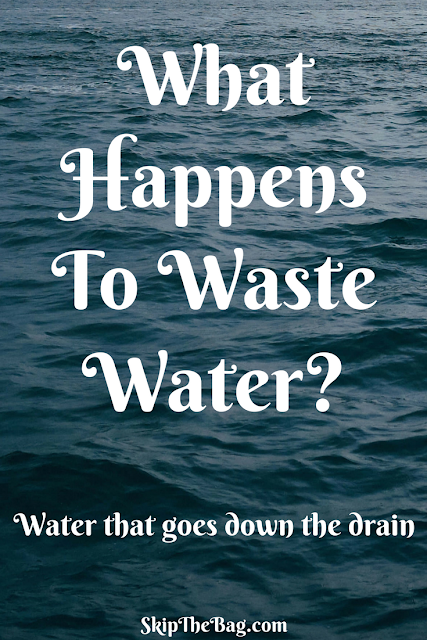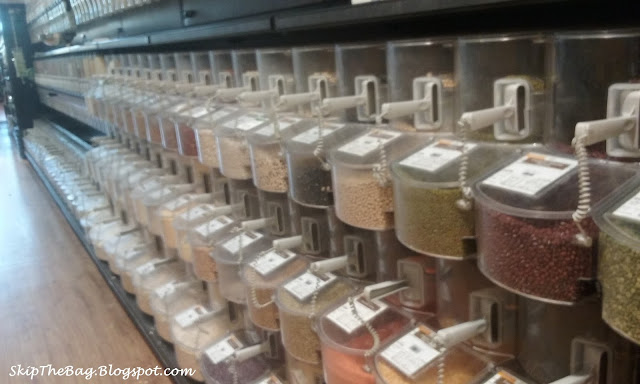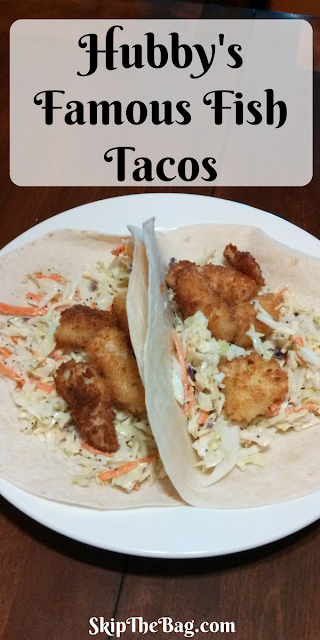I recently attended a meeting of the Pensacola Organic Gardeners Club where they had a speaker from the Emerald Coast Utilities Authority (ECUA) tell
how the company treats waste water. He also went into detail about how they make their compost which they call Bloom.
Bloom is a compost made from biosolids retrieved during the waste water process. As you may remember partially treated waste water enters retention ponds where the biosolids flocculate and fall to the bottom and the clear effluent continues on the waste water route. The biosolids, or sludge, is diverted off to make fertilizer and compost.
Before they started making compost they would take the sludge to the landfill. However landfill tipping fees became so excessive that they wanted to find a more economical way of disposing of the waste. They say their natural gas bill is nearly a million dollars annually so I can't imagine now much it was costing to landfill that all, or what a mess that would make of the landfill! So I'm pleased they are looking for other alternatives to landfills.
After being removed from the retention pond the biosiolids go into a dryer where it is turned from a sludge consistency to a cake like consistency. Then the composting process can begin. First they lay out mulch into long rows. The mulch is from the grass clippings, tree clippings, leaves and branches that are collected from the city's yard waste collection. Between two rows of mulch a row of biosolids is added. Then, using a machine called a windrow, the three rows are mixed together. Next a proprietary blend of bacteria and fungus is added to either end of the row.
The pile then composts over the next 30 days. The organisms grow and digest the biosolids and yard debris. The temperature of the pile rises to at least 130 degrees. On day 30 they turn the pile again and let it go for another 15 days. At this point it is fertilizer ready for sale to the public after it goes through testing confirming the levels of "fecals" are appropriate. Fecals are either pathogenic organisms or indicators for pathogenic organisms.
The Pensacola Organic Gardeners hosted the meeting, but they invited many other local gardening groups to attend.There was a large discussion about whether this compost could be used in organic gardening or how it compared to other types of compost and fertilizers.
According to the USDA, which certifies organic foods and to the OMRI, Organic Materials Review Institute, which certifies products for use in organic gardening, compost made from biosolids is not organic. In fact the OMRI considers it's synthetic! This rating is not due to the presence of human waste (which would obviously be non-synthetic) but more has to do with the presence of pharmaceuticals, cleaning products, and other unknown chemicals that may be lurking in the biosolids.
Therefore it was determined that gardeners wishing to practice organic gardening, sell their products as organic and/or become certified as an organic grower should not use the Bloom product on their Garden.
There were several conventional gardeners present as well as some non-food gardeners like the Rose Society. So there was a discussion about how Bloom compost may be a cheap compost for them. There was a large discussion about the amount of heavy materials heavy metals found in the compost and the chemicals which are tested.
The EPA, Environmental Protection Agency, has recommendations for amount of metals which can be added to a given plot of land per year and cumulatively over many years. Two of the speakers did calculations from those EPA limits and the information about heavy metal content found in Bloom. I won't bore you with them, but they said that in order to stay under the annual EPA limits for heavy metals one should add no more than six inches of Bloom compost to their garden.
Just to clarify that's a height calculation, not a volume calculation. So if you put a cubic yard over your garden and it spreads out to 2 inches thick you are ok, if your garden area is so small it's more like 8 inches of soil, you might want to rethink adding that much. If you do need to add it in quantities larger than that...if you have a pot to fill, for example, you can mix it with other soil so you aren't exceeding the 6 inches. Furthermore, according to the cumulative heavy metal exposure for land, you could add that 6 inches annually for 40+ years and
still be under the cumulative maximum! The speaker also showed amounts of heavy metals in naturally occurring soil in Washington state and Miami and they had some heavy metal rates higher than what is found in Bloom.
There was also an interesting discussion about the different kinds of biosolids and fertilizers made from them there is a class of category B fertilizer which Bloom predominantly makes which can be sold to golf courses or other agricultural processes to use for fertilizer it has a higher tolerated level of pathogens or other chemicals. Category A fertilizer is what ECUA can sell to consumers . Since it is sold to consumers at the household level it does not need to be monitored more is the placement recorded . Florida actually has quite stringent laws relating to where biosolid fertilizer can go.
Will I use the bloom compost? Probably not. While we do tend toward organic practices for garden I would say my primary goal is laziness. Yes, it is organic to lay cardboard down and mulch your garden to prevent weeds from occurring. And I do it to prevent weeds, because I am lazy and don't want to pull weeds. Unfortunately working in the medical field I know that many of the chemicals we interact with on a daily basis could possibly still be present in the compost. I'm not very concerned about pathogens since the compost pile reaches such a high heat for such a long period of time, however we do not know what this will do to the chemical compounds in the compost nor what they would degrade into. Since there's so much unknown, and we have other options, I do not think we will be using Bloom as our primary compost. That said I am not against it and we may decide to use it sparingly in the future .
One of the other options is a mulch product also made by ECUA which does not contain biosolids. It is simply a mixture of the yard debris they collected and mulched. Unfortunately it has been found to be contaminated with quite a bit of plastic. This is primarily due to the fact that consumers used to be able to package all of their yard waste in plastic bags. There is now an effort to put yard debris into paper bags to help with this composting process.
Would you use a compost made from biosolids?
Shared on
Homestead Hop,
Waste Less Wednesday


































